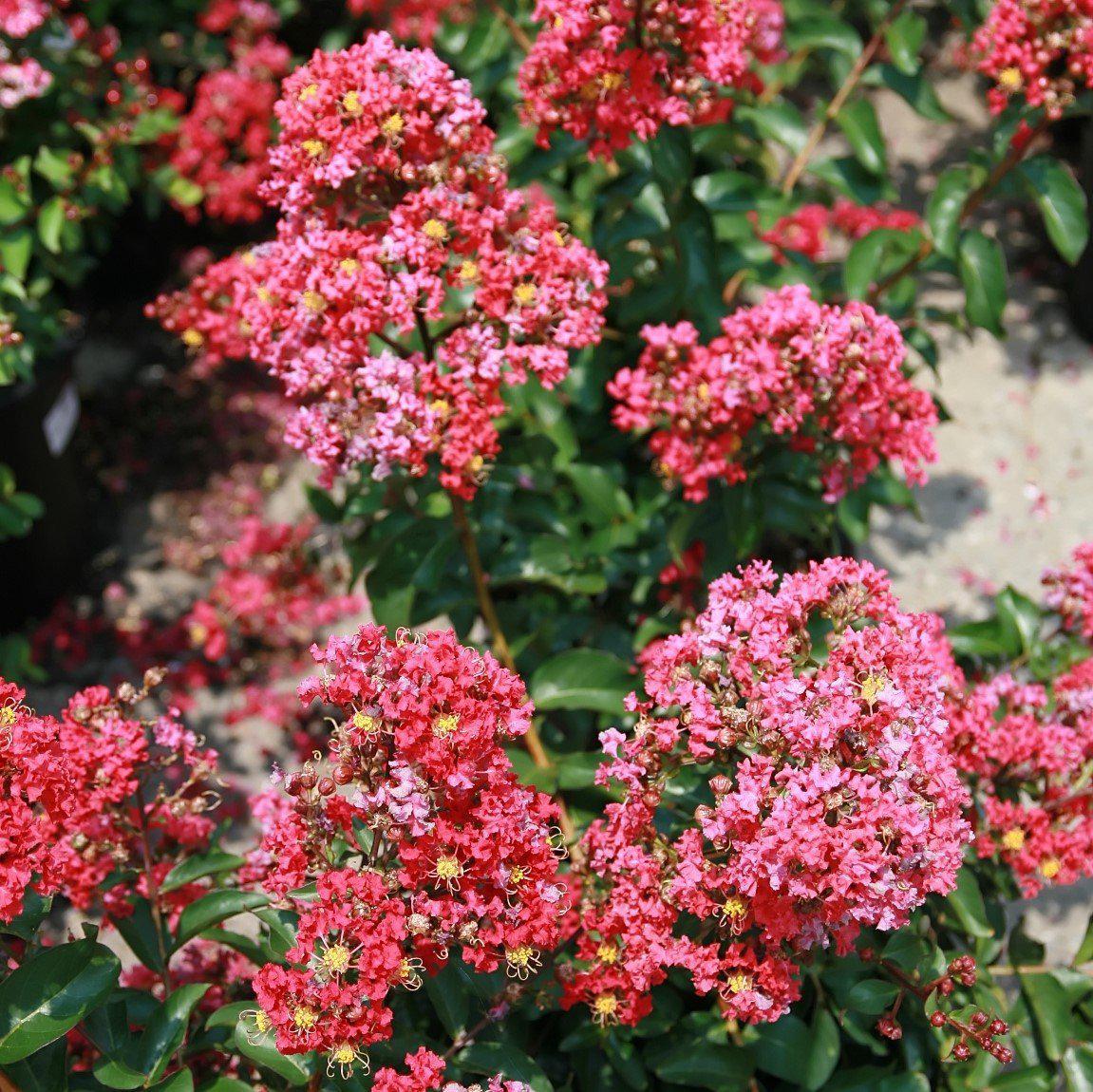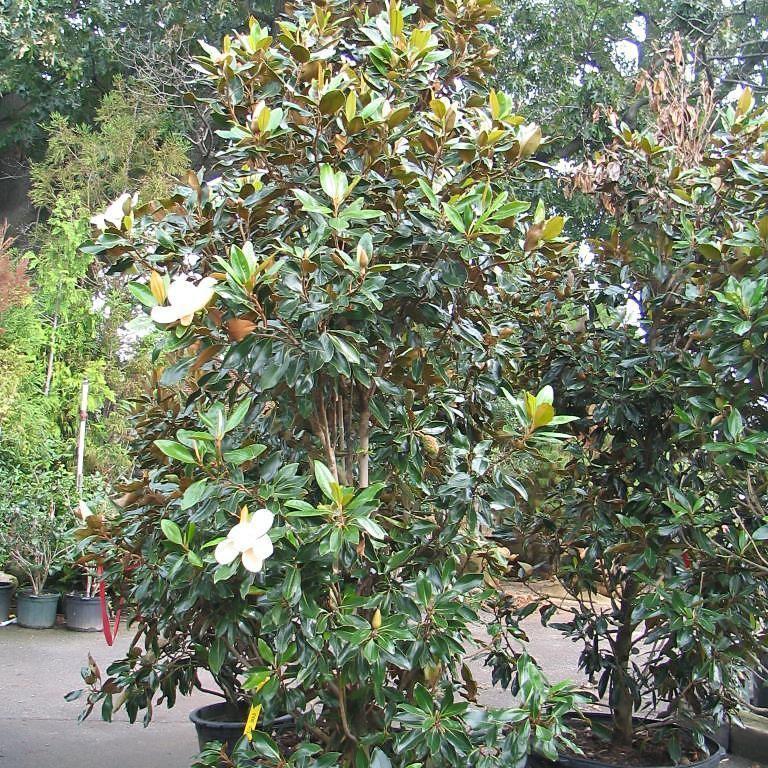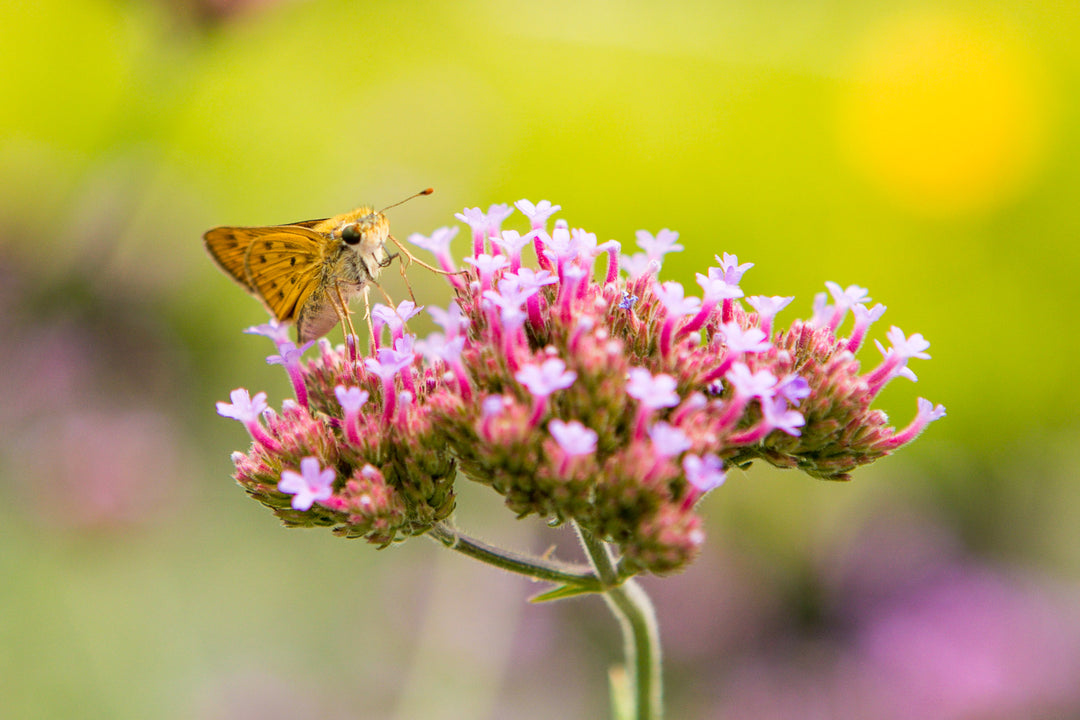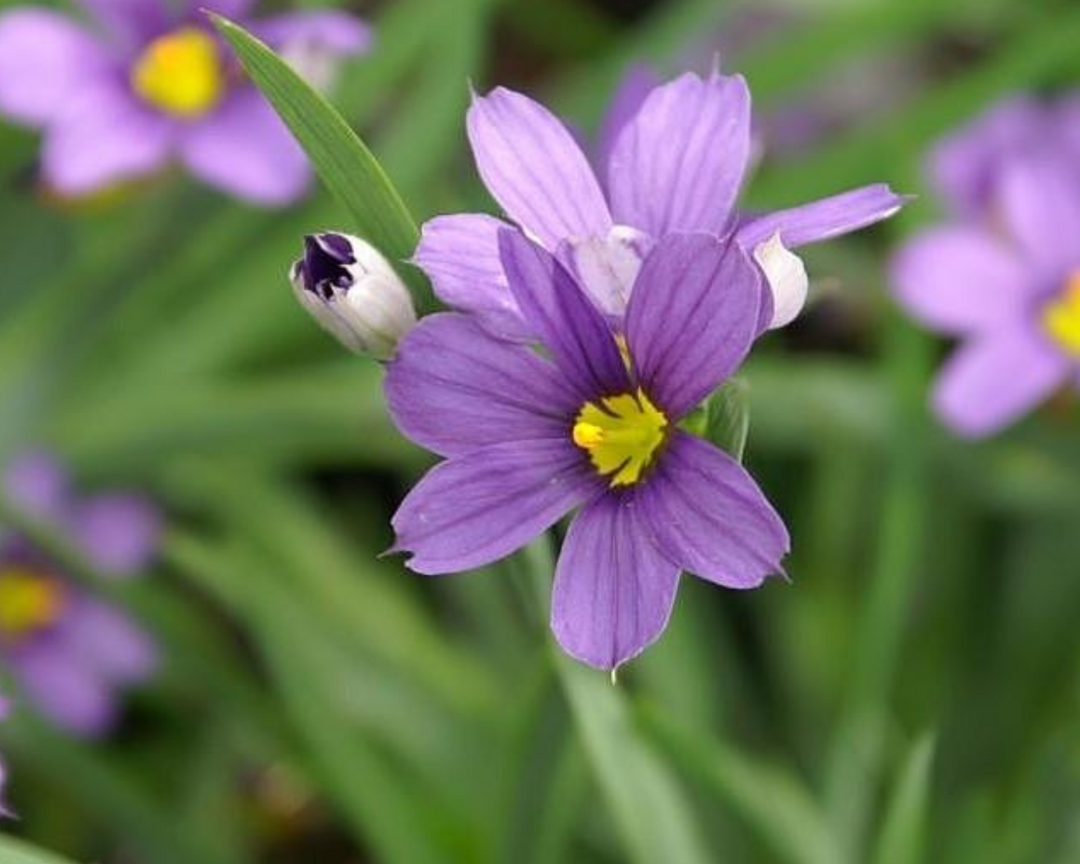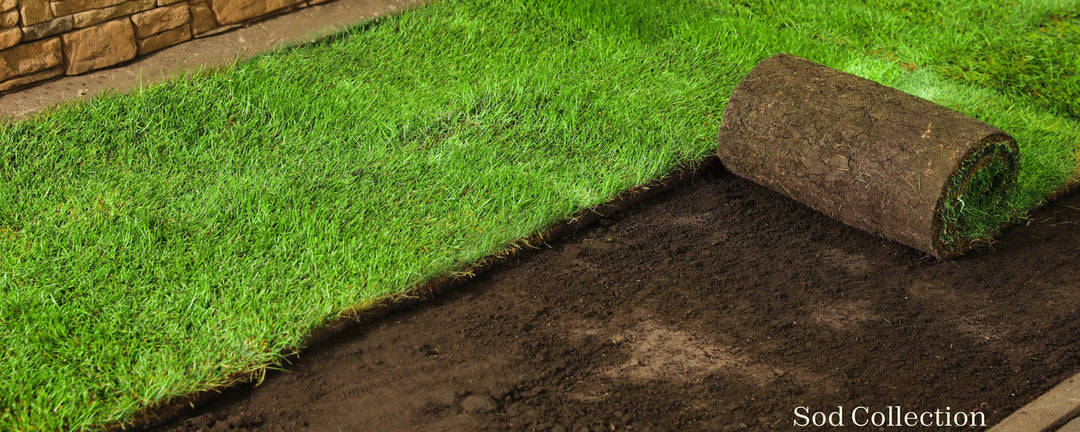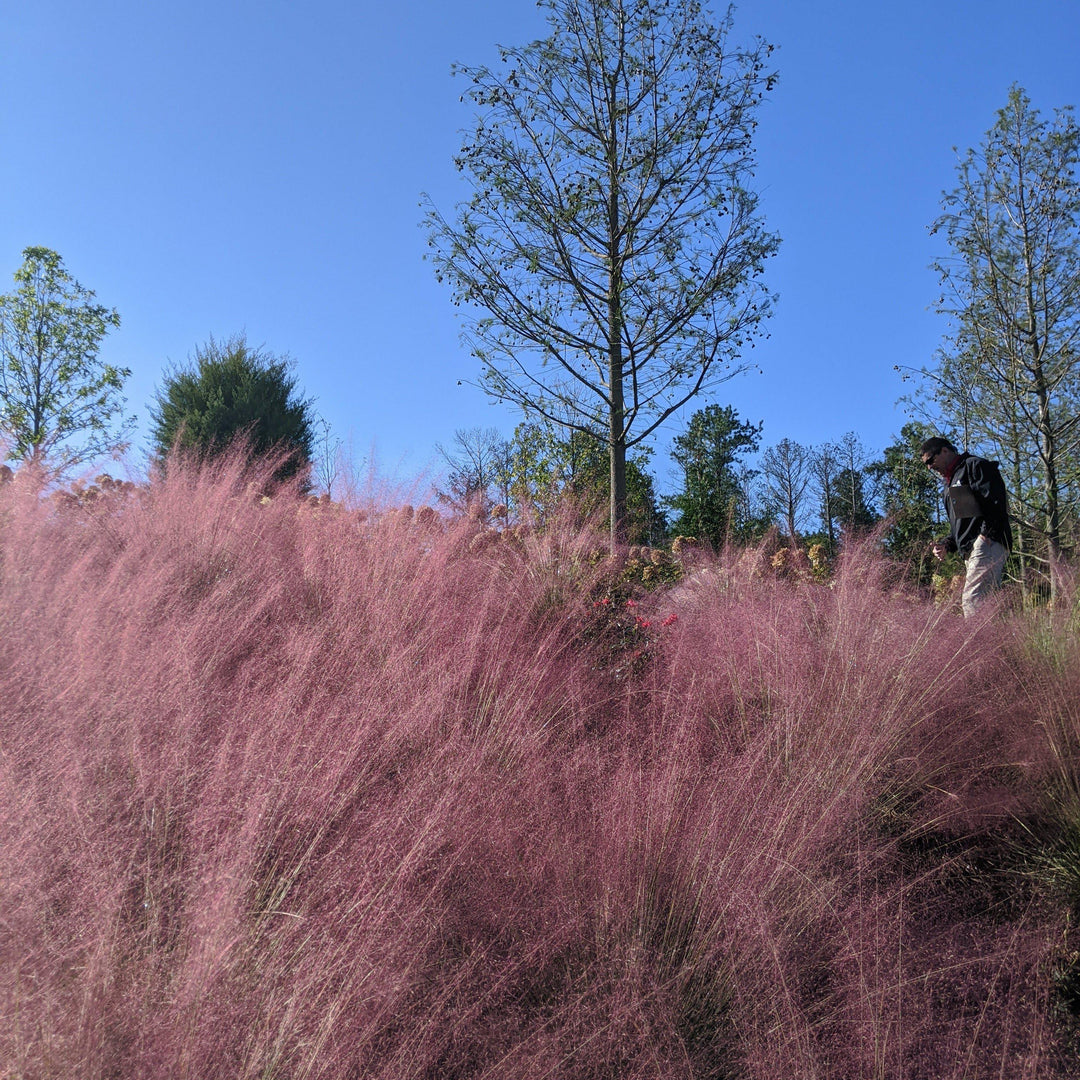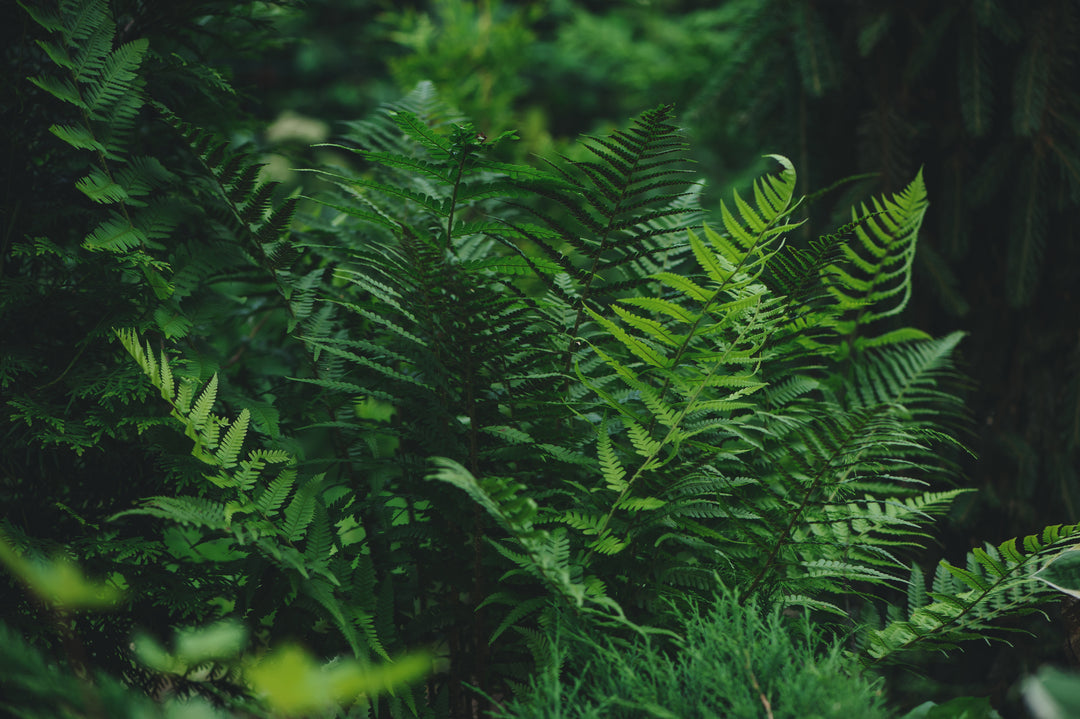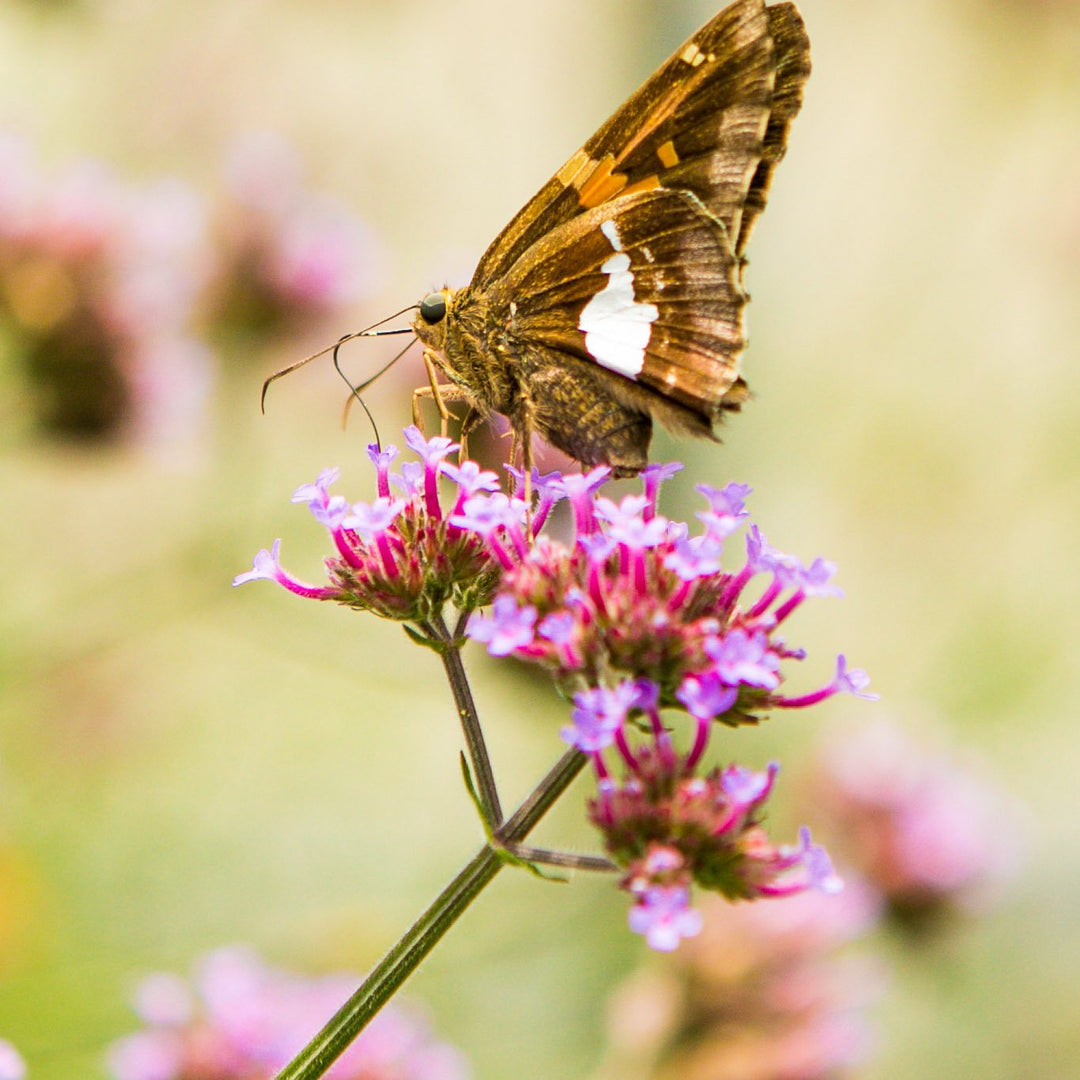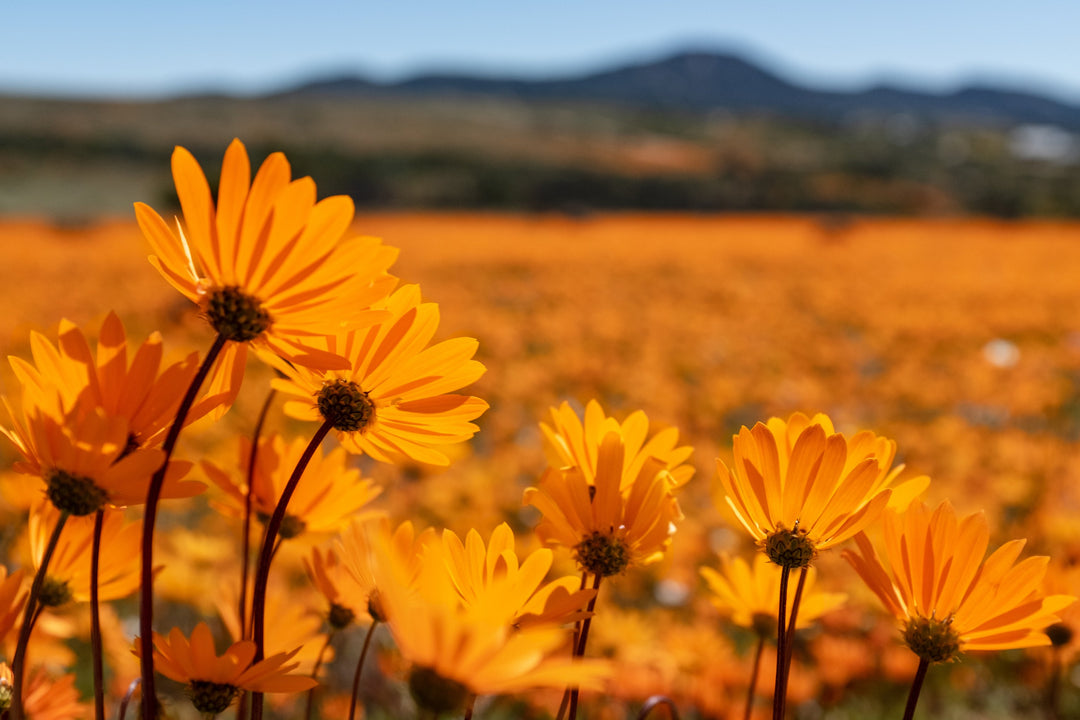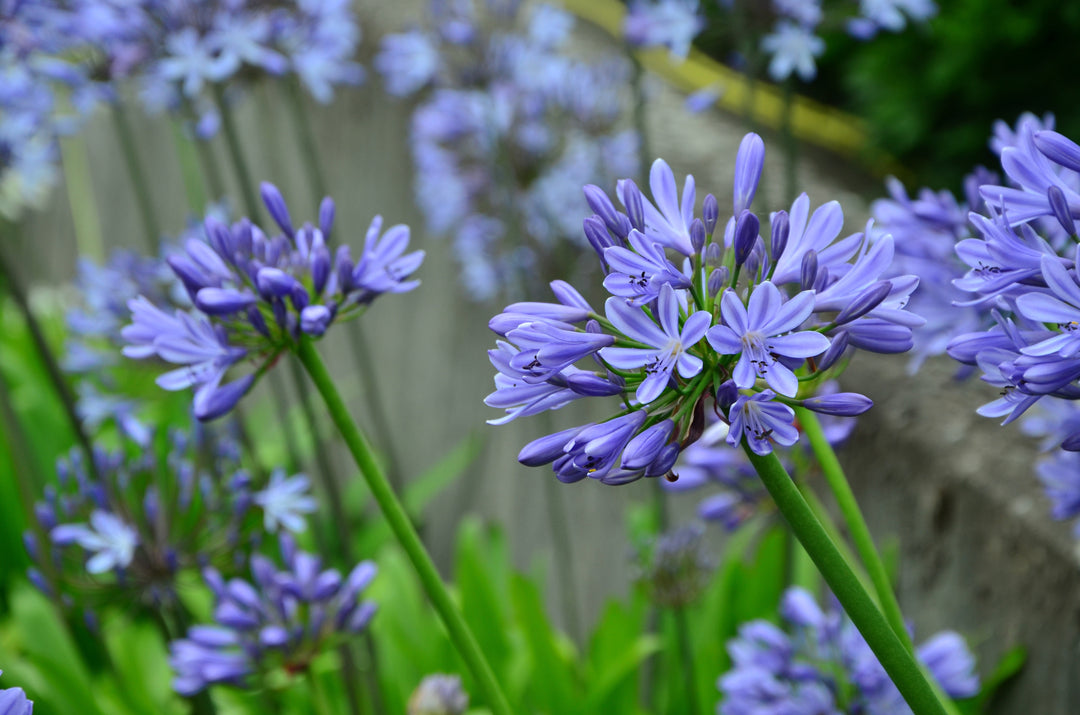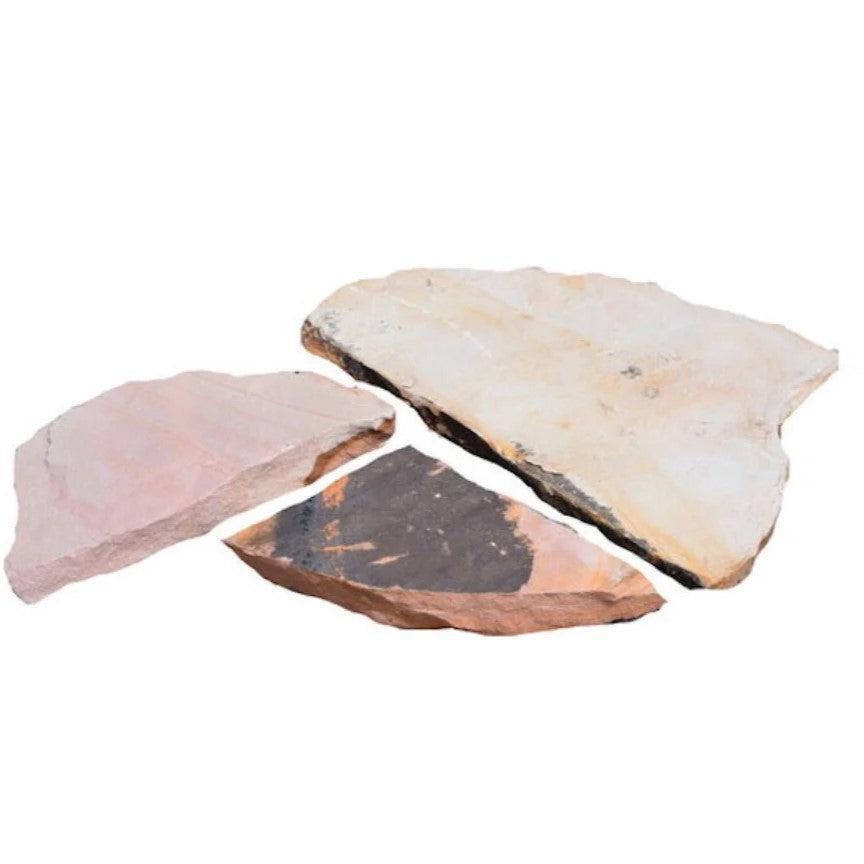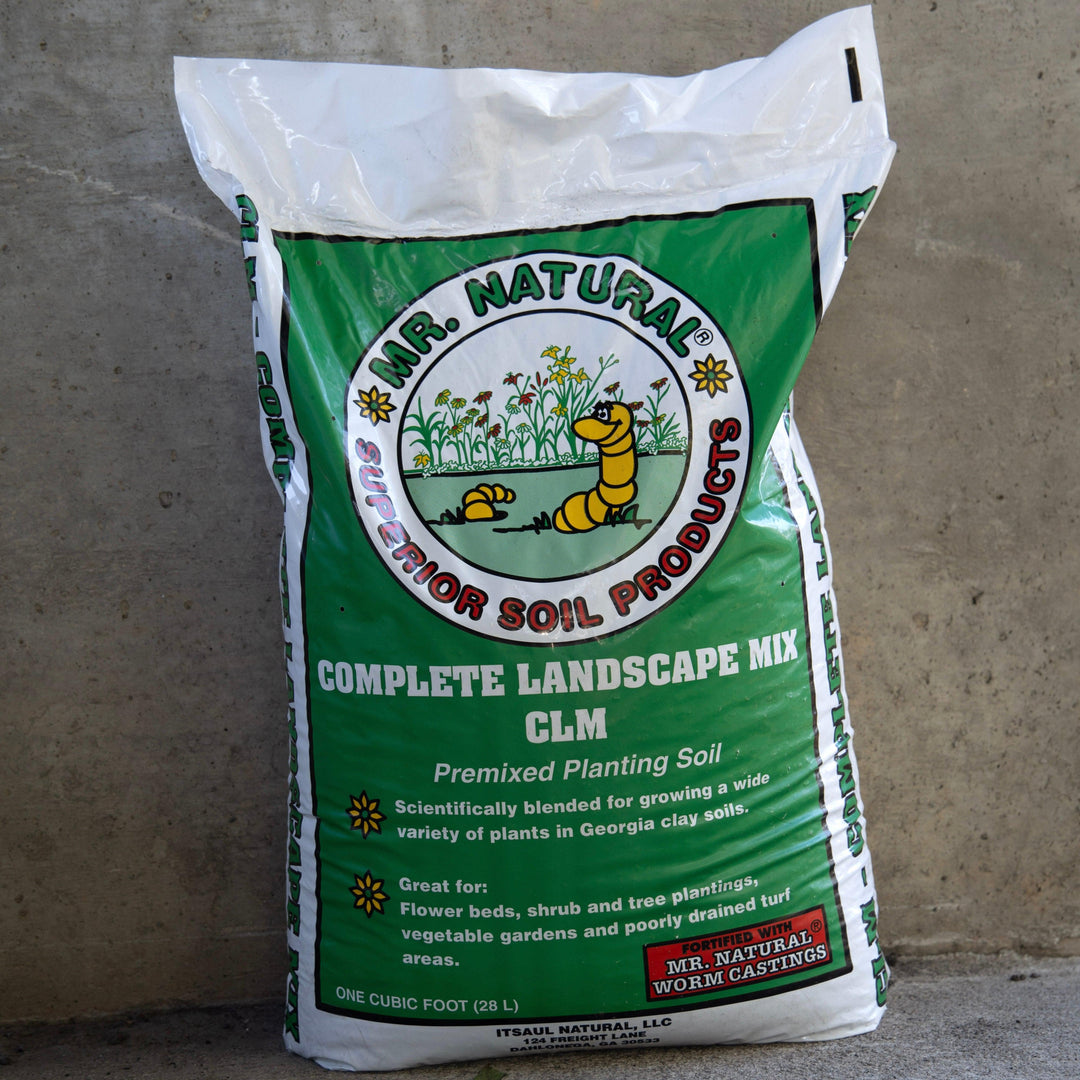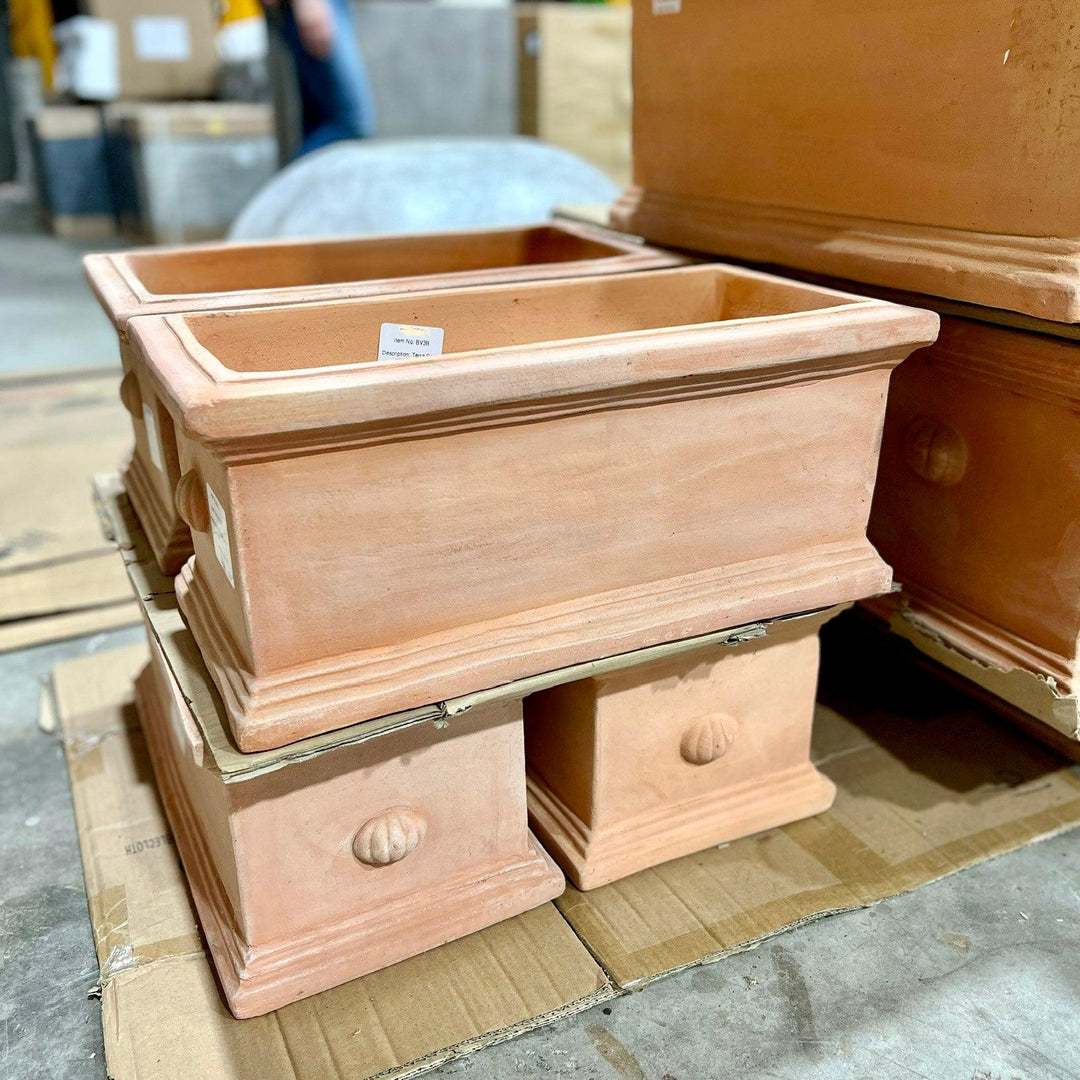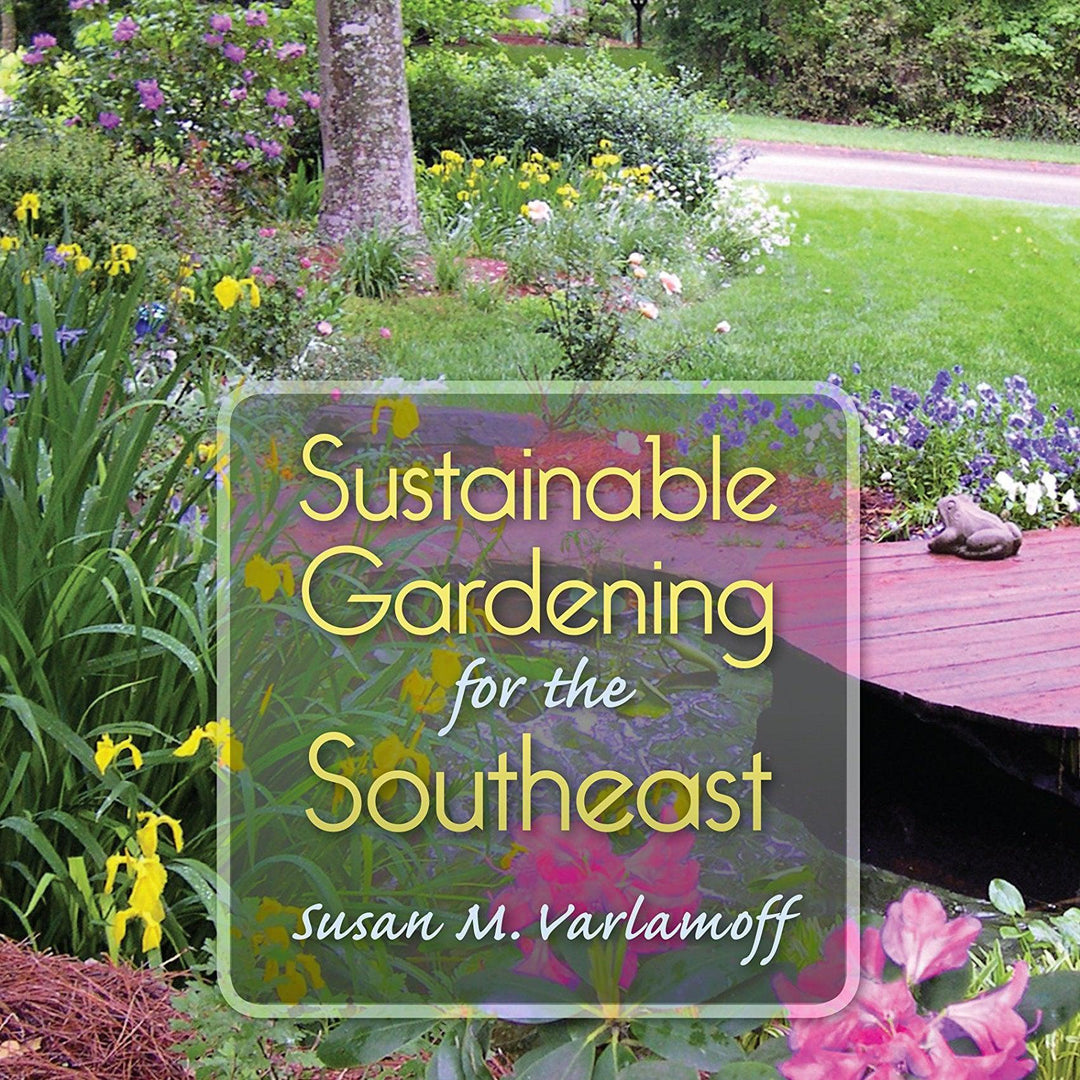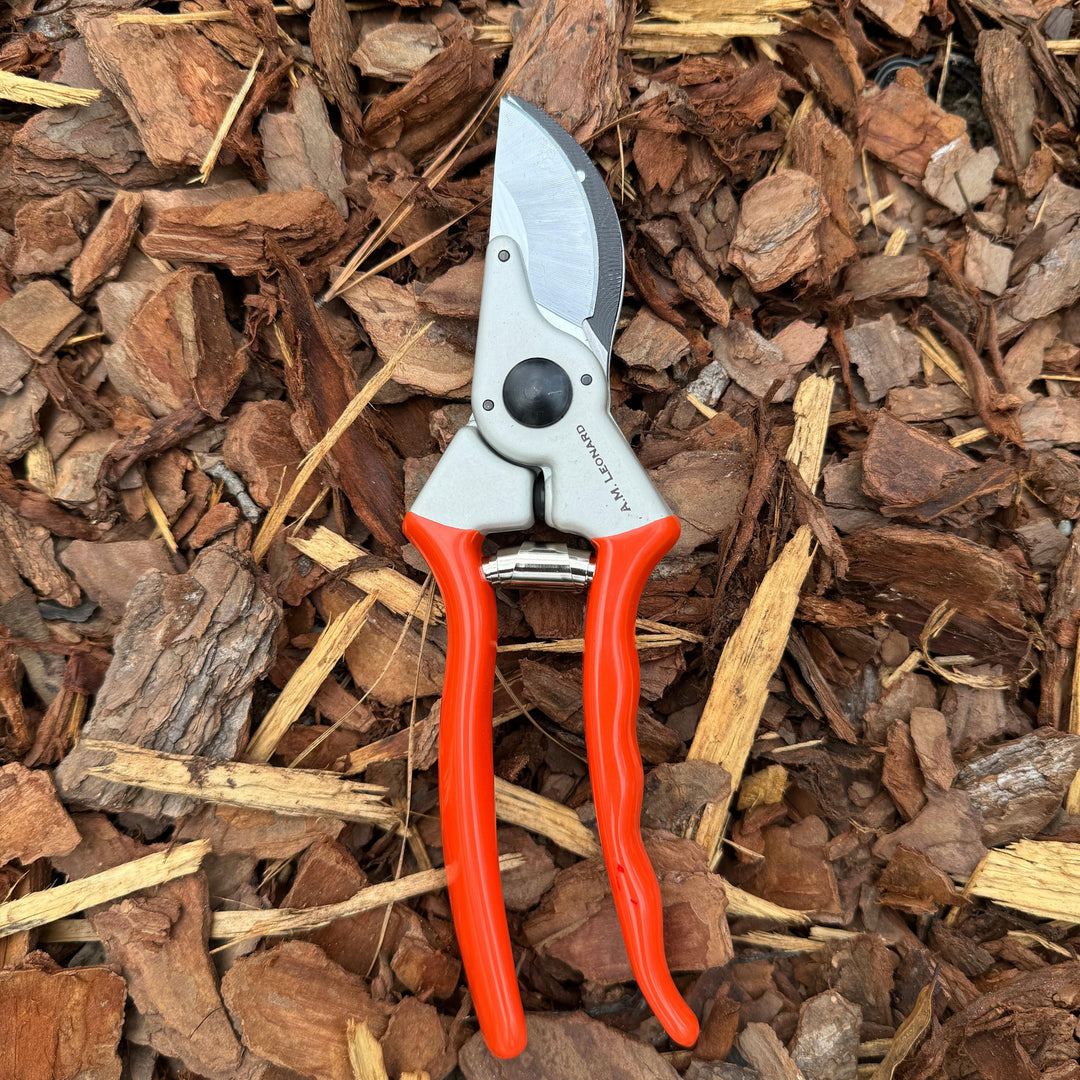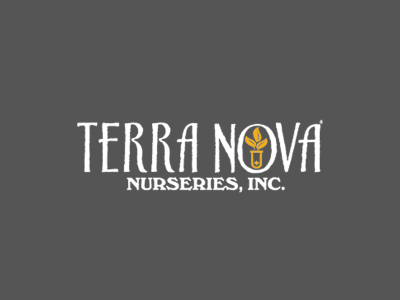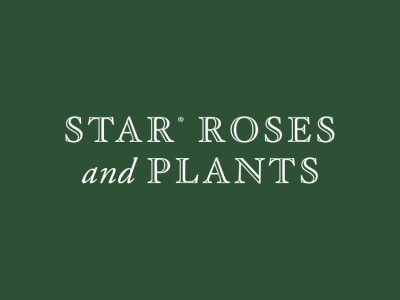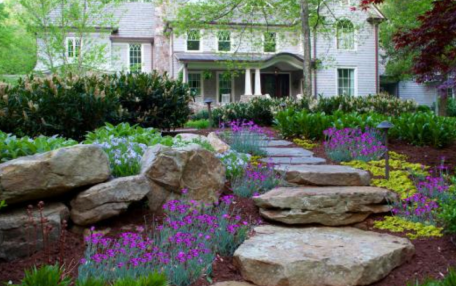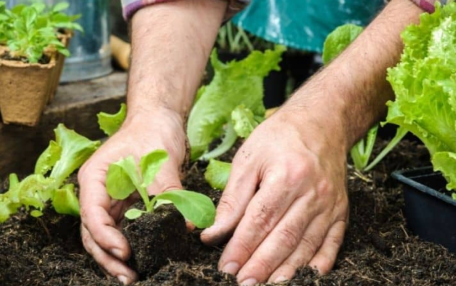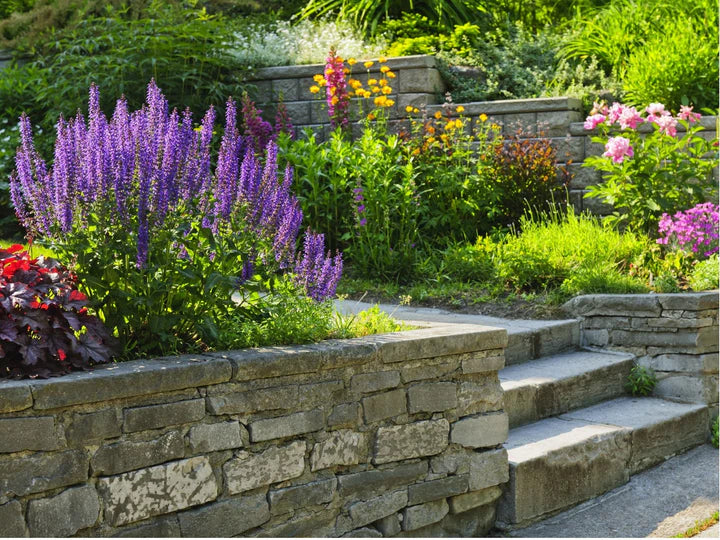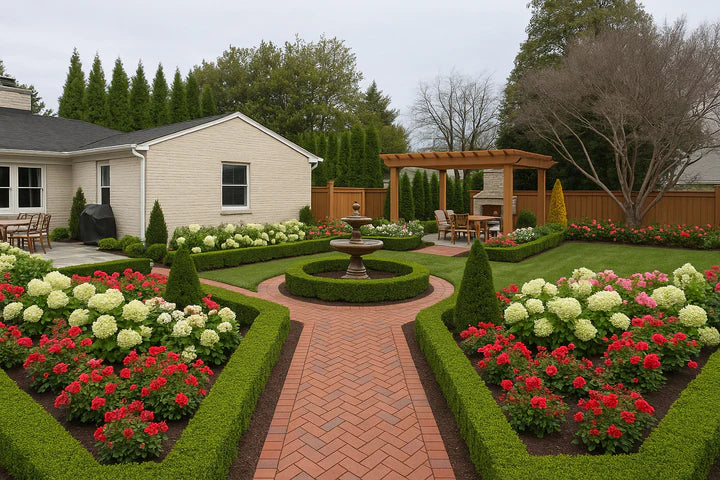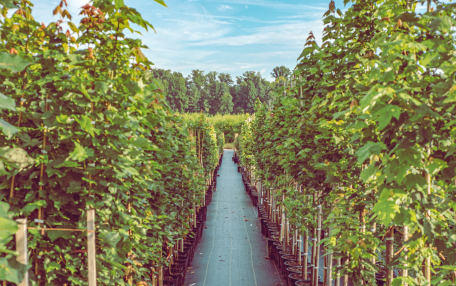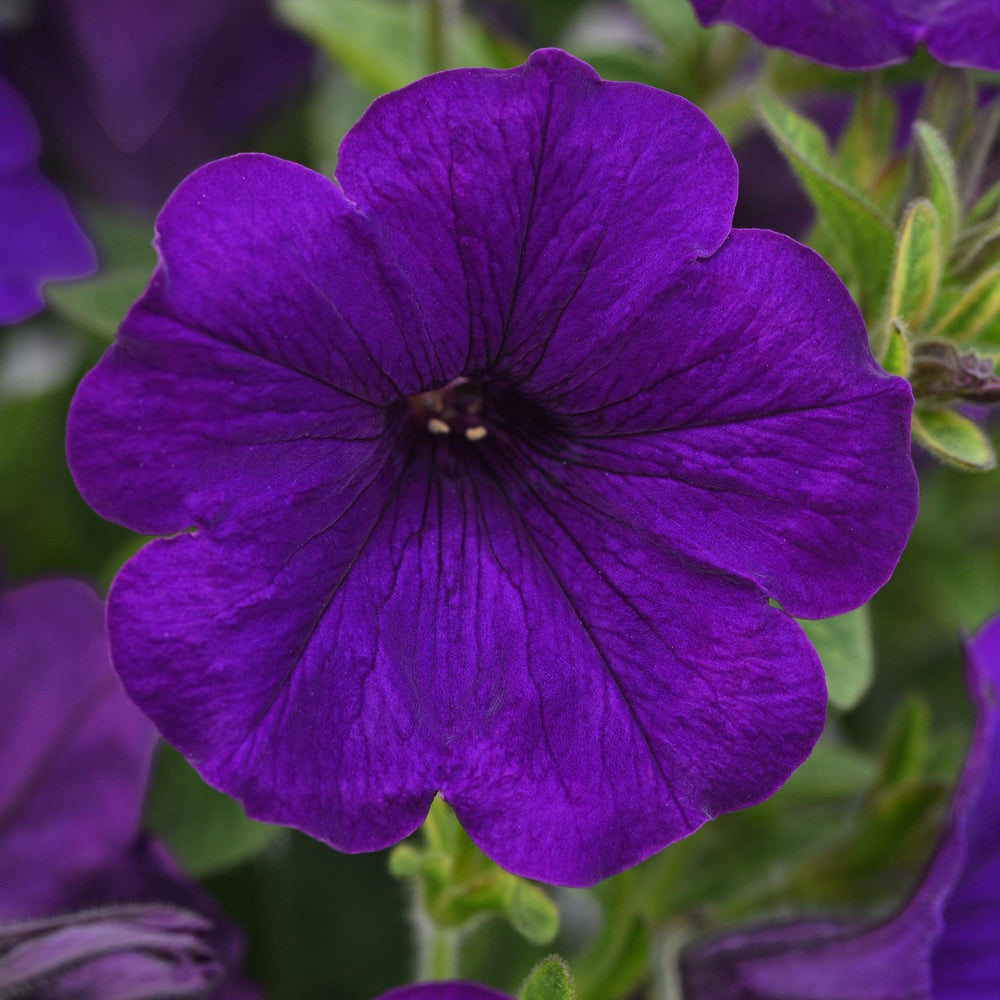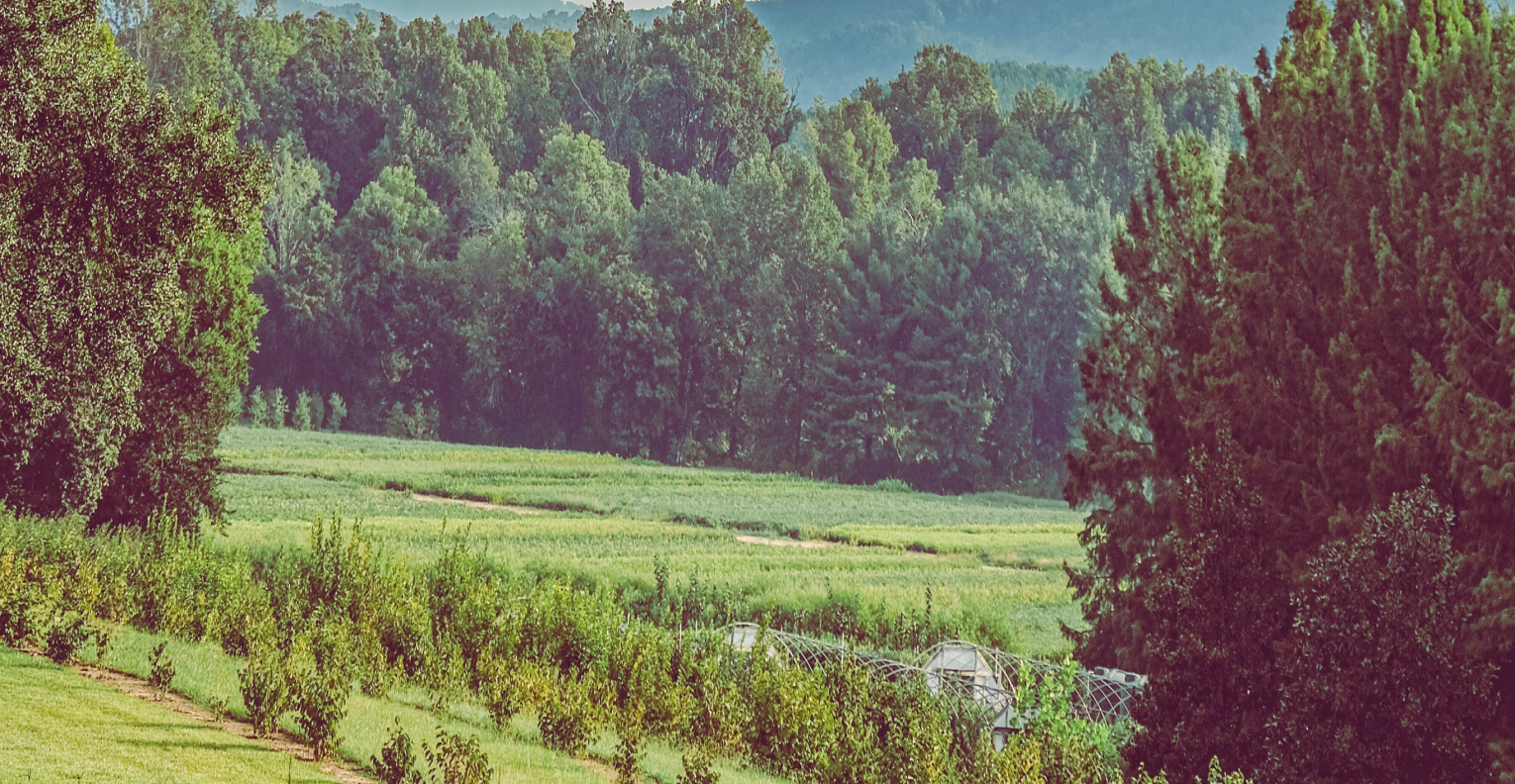Arapaho Crape Myrtle! It's another fantastic variety of Crape Myrtle. Here's what you need to know about it:
-
Appearance: The Arapaho Crape Myrtle is a deciduous tree that can reach a height of 20-30 feet. It has a rounded shape and smooth, cinnamon-colored bark. The foliage is dark green and turns a vibrant orange-red in the fall.
-
Blooms: This variety is known for its abundant and long-lasting blooms. It produces large clusters of bright red flowers that appear in mid-summer and continue blooming into early fall. The flowers are dense and showy, creating a stunning display of color.
-
Growth and Care: The Arapaho Crape Myrtle is relatively easy to grow and maintain. It prefers full sun exposure and well-drained soil. Regular watering is important, especially during dry periods. Pruning is typically done in late winter or early spring to remove any dead or damaged branches and promote healthy growth.
| Type: | |
| Height: |
15' - 20' |
| Spread: |
8’ - 10' |
| Spacing: |
8' |
| USDA Hardiness Zone: |
6 - 9 |
| Culture: | |
| Bloom Color: |
Red |
| Season of Interest: |
MAINTENANCE NEEDS: Low Maintenance. Water Regularly. Prune back in spring before bloom to promote flowers. It can be susceptible to leaf spot and powdery mildew. Watch for aphids and scale.
LANDSCAPE USES: Accents or Group Plantings, Borders, Wildlife Gardens, Urban Gardens, Foundational Planting, and Hedges.
COMPANION PLANTS: Hibiscus, Agastache, Catmint
IMAGE: Photo by David J. Stang, Lagerstroemia Arapaho 2zz, CC BY-SA 4.0
*As plants have ranges in appearance they may not appear as the images shown


